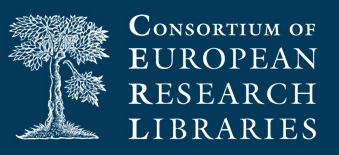The ‘Museo petrarchesco piccolomineo’ was opened in 2003 to raise the profile of its collections of illuminated codices, ancient printed books and works of art, which the count Domenico Rossetti de Scander bequeathed to the Trieste Municipal Library (the Biblioteca Civica) in 1842.
The Petrarch bibliographic collection is second in importance only to the archive set up by Willard Fiske at the end of the 1800s at the Cornell University Library in Ithaca (NY – USA) and over time has acquired manuscripts and 15th-century editions bought from Umberto Saba’s «Libreria Antiquaria» in the 1930s.
Two pairs of Tuscan school wedding chests dominate the exhibition room, painted in the second half of the 15th century, and showing the Trionfi by Petrarch in a late Gothic style. Of special interest among the prints, is the imposing Piccolominis Family Tree: it was engraved by the Flemish artist Arnold van Westerhout at the end of the 1600s to celebrate the dynasty from which Pope Pius II descended. Also worthy of mention is the bas-relief of a Roman empress, sculpted by Mino da Fiesole, master of reviving the late ancient style in mid-1400s Tuscany.
Among the Petrarch texts, a copy of the De Viris Illustribus manuscript can be admired. This was transcribed in Venice in 1433 and presents two splendid miniatures in Gothic style by Cristoforo Cortese, and a manuscript of the Trionfi by the humanist Felice Feliciano. The museum also owns the first edition of the Canzoniere and of the Trionfi by Petrarch, published by the German Wendelin da Spira in Venice in 1470.
The Piccolomini collection comprises important manuscripts, including a handwritten letter by Enea Silvio, in which he announced to the Chapter of San Giusto in May 1447 his election to Bishop of Trieste; and seventeen briefs from Pius II – papal letters used from 1400 for less important Holy See business. Of great interest are some 15th century editions, which are owned in Italy only by this museum, such as the incunabulum of Pius II’s Lettere familiari e cardinalizie, published in 1477 in Flanders; and the Cologne edition of the Lettere laiche e pontificie, which contains the letter in which Enea Silvio mentions the printing revolution brought about by Gutenberg, and that he has seen for the first time the 42-line Bible printed with movable type during a journey to Germany.
The museum also houses temporary exhibitions which document and highlight the significance of its collections, pursuing the study of Petrarch’s humanism and the aspects of the diplomatic activity of Enea Silvio Piccolomini, who became Bishop of Trieste in the mid-1400s, and later Pope, assuming the name of Pius II.
Guided tours are available on request.
The museum contains a room for consultation and study.



